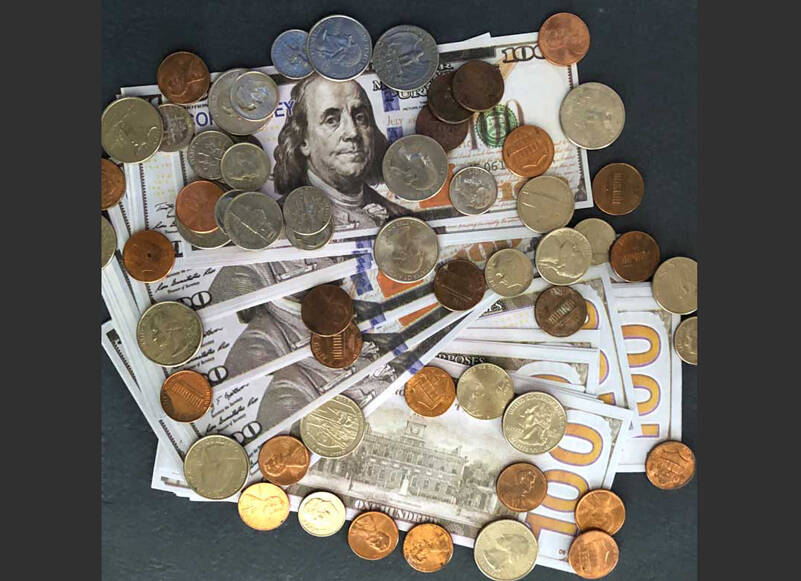By Morf Morford, Tacoma Daily Index
The US dollar is the “global reserve currency” – the money that every nation on earth knows, and for the most part accepts and uses. But it wasn’t always that way.
For the entire lifetimes of virtually all of us, the US dollar has reigned supreme – and been welcome, even necessary, virtually everywhere around the world. But like everything, it had to begin somewhere.
A few centuries ago, Spain had the world currency. The well-known gold or silver pieces-of-eight dominated world trade – and became a benchmark currency of economies – and pirate lore.
As the Spanish empire declined, the British Pound Sterling became the internationally recognized currency – until the economic devastation of World War II.
Thanks to the chaos and ruin of the war, a meeting was held to establish an international system for trade and finance when the war finally ended. The Bretton Woods International Monetary Conference was held in 1944 with the long term intent to bring the world together in a post-war economy designed to increase the opportunity of economic stability for more, if not all nations around the world. To make global exchanges and international trade possible, there needed to be a common currency, a standard everyone could use.
At first, the British pushed for a new universal currency that would solely be used for inter-country trade – sort of an Esperanto for global exchange. But that didn’t happen.
The U.S. was economically strong in 1944 – and for decades after. The US also had lots of gold in its vaults, which convinced governments and economies that its wealth was backed up by resources of (relatively) stable value. The US dollar, in 1944 (and a few years after) was, in many ways, the only currency left standing after a globally destructive war.
That means that the U.S. dollar became, and to a large degree still is, the center of most of the business on earth – from street corners to global financial centers.
The dollar, it seems, is everywhere. Or at least it has been.
Already, so far in 2023, China, Russia, Saudi Arabia, the United Arab Emirates and even Brazil have been making trades using other currencies. They have shifted to using the Chinese Yuan and the Russian ruble. To put it mildly, this has been a direct challenge to the U.S. dollar’s central dominant position.
Nothing lasts forever – even a world currency
As the Spanish and British (and the Romans before them) know all too well, no currency – or empire – lasts forever. It usually takes a war or global catastrophe to weaken an internationally accepted form of currency.
As I write this, in late June of 2023, no major economic threat seems visible on the horizon. But many smaller ones (and several not-so-small ones) do. From Congressional dithering about the US debt ceiling to the grinding war in Ukraine, the dollar (and by extension, the US economy) is not seen as the reliable economic refuge it was once.
As with most of as individuals, our troubles are of our own making.
The US has a long time policy of using access to its currency for political purposes – it has been using the dollar as a tool for financial sanctions – most notably against North Korea, Iran and, recently, thanks to the invasion of Ukraine, Russia.
The problem with this approach, as with any restriction, is that people (or in this case, entire economies) learn, out of necessity, to make do – to trade without the US dollar. And as more and more countries use a currency other than the US dollar, the dollar becomes weaker, or at least less influential.
For a global economy to work, we need a currency we can all trust
A stable, universally recognized currency is one of those things we Americans like to take for granted. Most of us have grown up with the core assumption that our money is “The money” of the world. And that it has been, should be, and will be, forever.
But, as history shows, almost relentlessly, any currency is only as stable as its host national economy.
We all see and use currency (or, as with debit and credit cards, use it without seeing it) but the real power and strength of any currency is what lies behind it.
Love me, love my economy
Any currency is only as strong as the economy that sustains it.
Bungling and catastrophe can take a variety of shapes and leave a variety of unpredictable consequences.
Interest rates, international conflicts and dawdling at home can compromise any economy.
Whatever our place in the economy, we should all work toward, support and vote for the most stable economy we can. Collapsing economies aren’t good for any of us.





